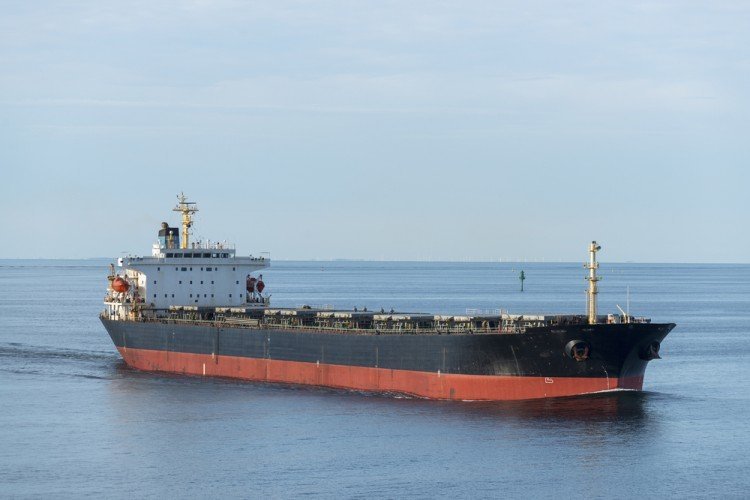The maritime shipping industry, the backbone of global trade, is embracing artificial intelligence (AI) to revolutionize operations, enhance efficiency, and reduce environmental impact. As AI technologies advance, their integration into maritime shipping is driving a wave of innovation. This blog explores the multifaceted applications of AI in the industry and its transformative potential.
1. AI in Voyage Optimization
a. Route Optimization: AI-powered systems analyze vast amounts of data, including weather conditions, ocean currents, and traffic patterns, to determine the most efficient routes for ships. This optimization not only reduces fuel consumption and travel time but also minimizes emissions, contributing to greener shipping practices.
b. Predictive Maintenance: AI enables predictive maintenance by monitoring the condition of ship components in real-time. Machine learning algorithms analyze data from sensors to predict when equipment is likely to fail. This proactive approach reduces downtime, lowers maintenance costs, and enhances safety by preventing unexpected breakdowns.
2. Enhancing Operational Efficiency
a. Cargo Management: AI improves cargo management by optimizing loading and unloading processes. Algorithms can determine the most efficient way to stow cargo, considering factors like weight distribution and unloading sequence. This enhances port turnaround times and reduces operational costs.
b. Port Operations: AI is streamlining port operations through automation and advanced analytics. Smart ports use AI to manage vessel traffic, allocate berths, and schedule loading/unloading activities. This reduces congestion, improves throughput, and enhances the overall efficiency of port operations.
3. Safety and Security
a. Autonomous Navigation: The development of autonomous ships is a significant advancement driven by AI. These vessels use AI to navigate, avoid obstacles, and make decisions without human intervention. While fully autonomous shipping is still in its early stages, advancements are paving the way for safer and more efficient maritime operations.
b. Maritime Surveillance: AI-powered surveillance systems enhance maritime security by monitoring vast ocean areas for illegal activities such as piracy, smuggling, and unreported fishing. These systems analyze data from satellites, drones, and ships to detect and respond to threats in real-time.
4. Environmental Impact and Sustainability
a. Emission Reduction: AI helps in monitoring and reducing emissions from ships. Advanced algorithms analyze fuel consumption and engine performance to optimize operations and minimize greenhouse gas emissions. AI also assists in complying with environmental regulations by providing real-time data on emission levels.
b. Energy Efficiency: AI-driven energy management systems optimize the use of onboard energy resources. These systems balance power consumption across various ship operations, ensuring efficient energy use and reducing the environmental footprint of maritime activities.
5. AI in Market and Financial Analysis
a. Market Forecasting: AI algorithms analyze market trends, historical data, and economic indicators to forecast demand for shipping services. This helps shipping companies make informed decisions about fleet management, pricing strategies, and investment opportunities.
b. Risk Management: AI enhances risk management by assessing various risk factors, including geopolitical events, weather conditions, and market volatility. These insights enable shipping companies to mitigate risks and make strategic decisions to ensure business continuity.
Challenges and the Road Ahead
While AI offers numerous benefits, its adoption in the maritime shipping industry comes with challenges. Integrating AI technologies requires significant investment in infrastructure and training. Data security and privacy concerns must be addressed to protect sensitive information. Additionally, regulatory frameworks need to evolve to keep pace with technological advancements and ensure safe AI deployment.
Despite these challenges, the future of AI in maritime shipping looks promising. Continued innovation and collaboration among industry stakeholders, technology providers, and regulatory bodies will drive the successful integration of AI. As the industry navigates this transformation, AI will play a crucial role in shaping a more efficient, sustainable, and secure maritime future.
Conclusion
The use of AI in the maritime shipping industry is revolutionizing operations, enhancing efficiency, and promoting sustainability. From optimizing voyages and improving cargo management to enhancing safety and reducing environmental impact, AI is driving significant advancements. As the industry embraces these technologies, the future of maritime shipping looks brighter, promising increased operational excellence and a reduced carbon footprint. Navigating the future with AI, the maritime industry is set to achieve new heights in innovation and sustainability.
©Seaschiffe










![Wireless Connectivity Software Market Size, Share | Statistics [2032]](https://handyclassified.com/uploads/images/202404/image_100x75_661f3be896033.jpg)



